
As we approach the midway point of COP28, tens of thousands of delegates from around the world continue to explore the intersection of climate with other global goals. Issues as diverse as health, gender, youth, education, and a just transition are being discussed across the dozens of pavilions and hubs that make up Expo City Dubai. This is not a coincidence. The omnipresent nature of climate change and the interconnectedness of the challenges that the world faces demand a holistic and coordinated response from government, business and civil society.
One of the most pertinent examples of this is the incontrovertible nexus between efforts to decarbonise the global atmosphere through massive emissions reductions, preserve and enhance natural carbon sinks and biodiversity, and produce equitable growth opportunities for the billions of people who are yet to be afforded them. These three great missions are so closely intertwined that they must be pursued in a coordinated way. Otherwise, there is a major risk that well-intentioned progress in any one of these domains could thwart progress in others.
This dynamic is particularly pertinent across the Global South, which is home to 75% of the world’s population, and which is already bearing the brunt of climate change with issues like extreme heat, water scarcity, and poor air quality creating systemic challenges. This is despite the fact that the richest 10% of the world have per capita carbon footprints 11 times higher than the poorest 50% of the global population. Which is why the COP28 Presidency has placed such emphasis on facilitating theauthentic inclusion and engagement of nations and businesses across emerging markets and developing economies, where decision-makers are far too often being asked to make impossible choices between climate action and human development.
Against this backdrop, it is clear that we can no longer afford todecouple the human development agenda – which encompasses 12 of the 17 United Nations sustainable development goals(SDGs) – from the climate and nature agenda. They are two sides of the same coin, and the edge of that coin is conduciveand inclusive climate policy that embraces a greener evolution of all of our systems, whilst ensuring all lives and livelihoods are positively impacted. This is not just a lofty ambition. It is our only realistic option if we are serious about addressing climate change and nature loss in a way that leaves no one behind.
What does this mean in practice?
Above all, it is essential that decarbonisation and biodiversity protection strategies are designed and implemented in a manner that upholds, rather than undermines, the UN’s central goals on ending poverty and enhancing quality of life for all 8 billion of our fellow citizens across the world today, and future generations. This must be the foundation of a just transition. After all, the extraordinary increase in access to affordable and reliable energy, closely linked to affordable food supplies, hasbeen the foundation for the transformation of billions of people’s lives, access to healthcare and life expectancy over decades. It is absurdly immoral to expect that billions of people around the world, including the 800 million without access to electricity today, and the 2.3 billion with no access to clean cooking fuels,will not seek to improve the quality and longevity of their own lives in the same way. Inhibiting economic and human development, which is undeniably underpinned by affordable and accessible energy and which has seen global poverty rates fall by over 75% since 1990s, is simply not an option.
Finally, we can no longer see nature as ornamental, and must instead embrace the reality that it is fundamental in our collective quest for a net zero and prosperous existence. Which is why we need to see a massive scale-up in global investments in nature and biodiversity, recognising that they are integral to the pursuit of our climate and human development goals. This isan especially vital opportunity, with the potential for nature-based solutions to generate one-third of the emissions reductions pathway required to limit global warming to 1.5°C.
Perhaps the one thing that everyone, everywhere can agree on is that the approach thus far hasn’t worked. Global emissions are 50% higher today than they were at the first COP meeting in 1995. Global poverty reduction rates are slowing. Biodiversity is under greater threat today that at any time in recorded history. As the second week of the already transformative COP28 conference begins, it is upon us all, across all sectors, to continue to bridge the trust divide. We can do this by providingmuch-needed confidence to all communities of the world that climate change and nature loss is being addressed in a way that that advances, rather than threatens, the ongoing march out of poverty for billions of people.
Author: Badr Jafar
The COP28 Special Representative for Business & Philanthropy
The post Leaving no one behind in our quest for net zero and nature positive appeared first on The Business & Financial Times.
Read Full Story

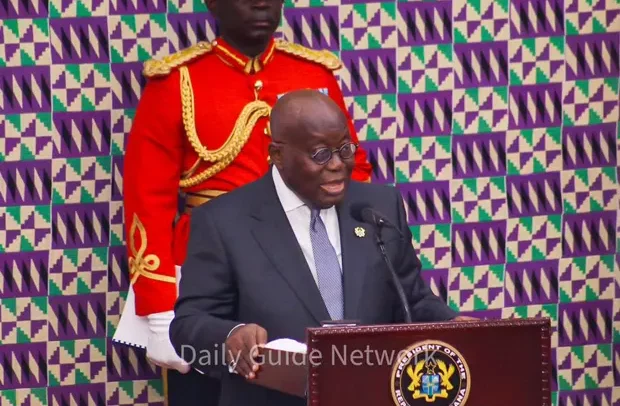

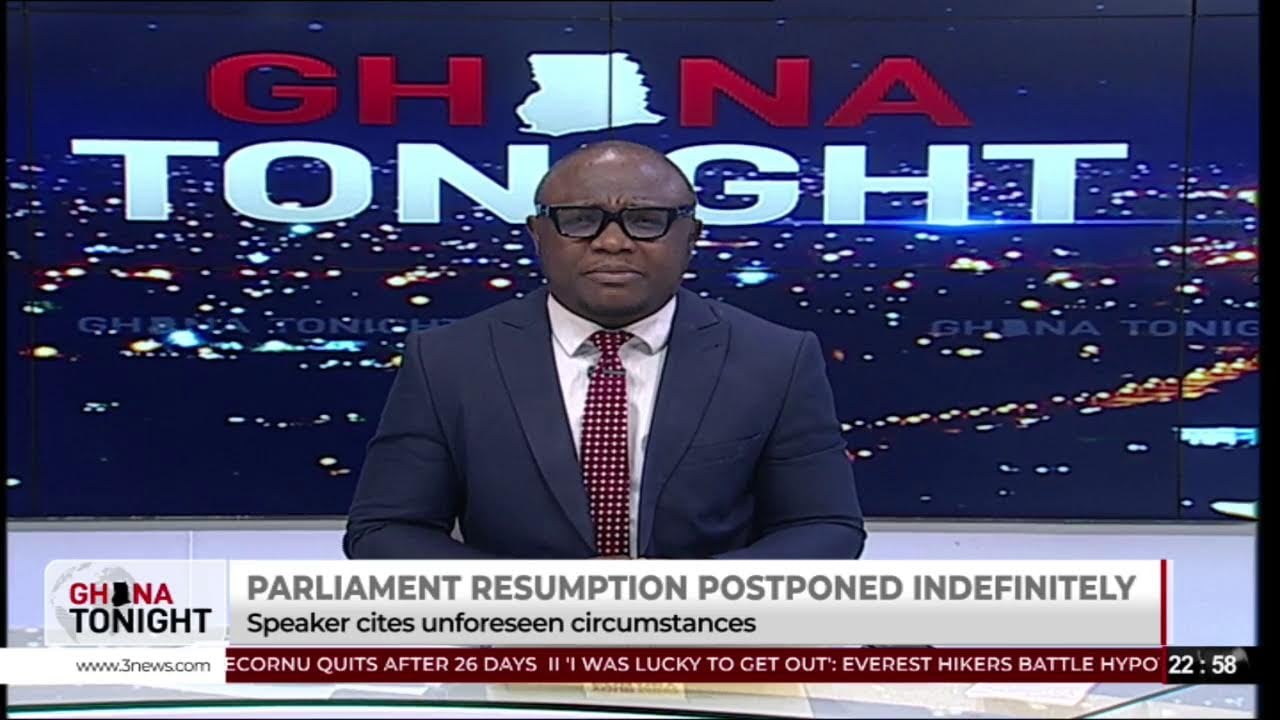

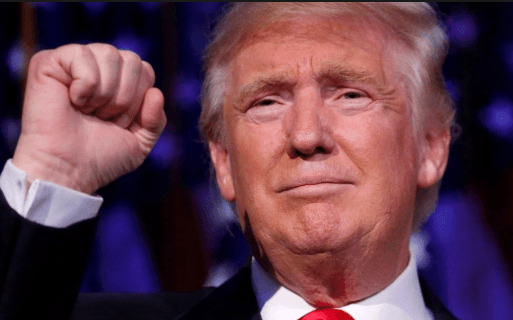






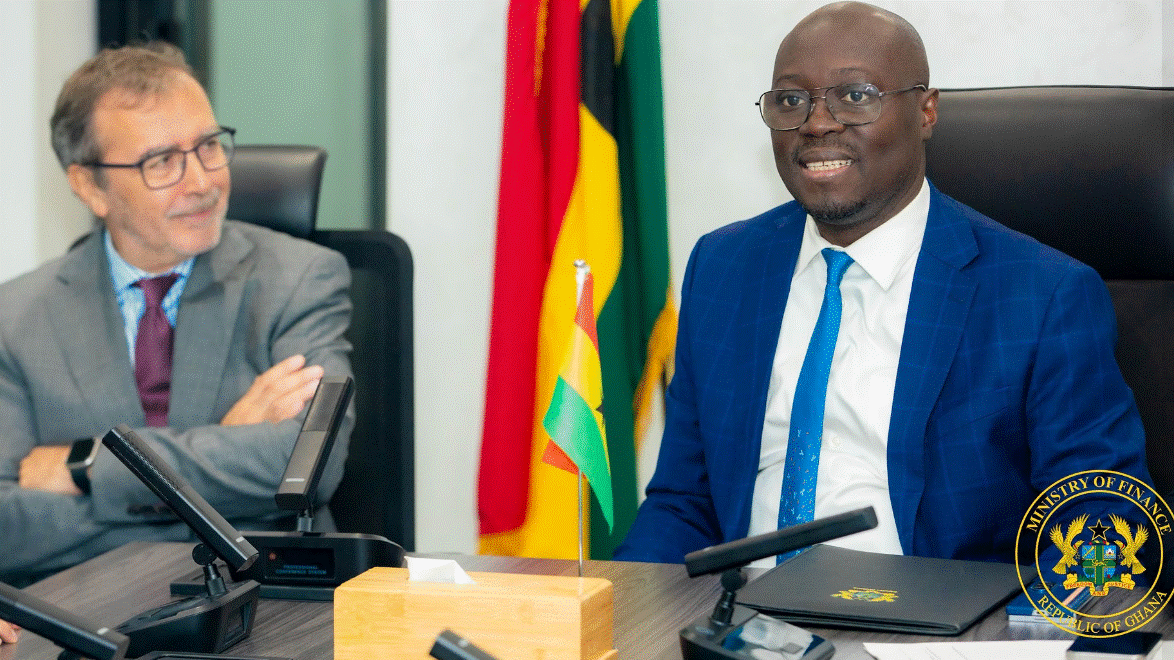

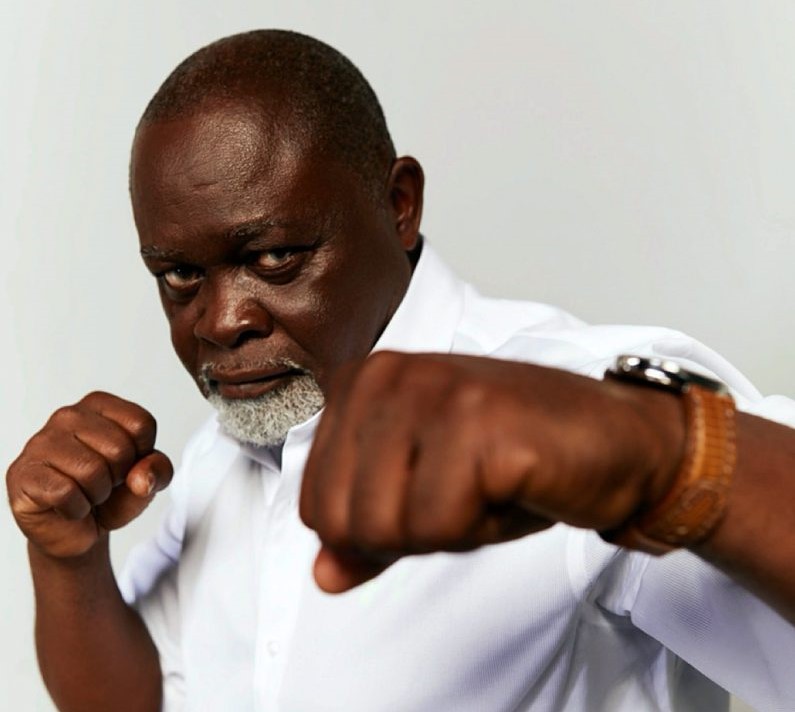

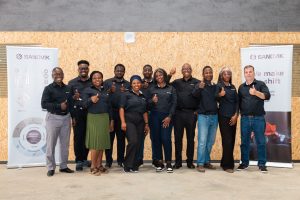
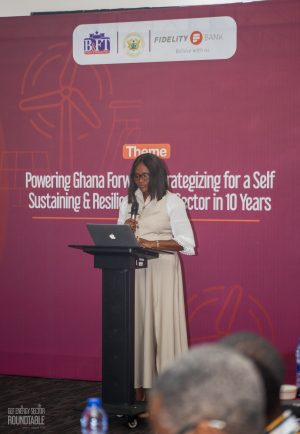
Facebook
Twitter
Pinterest
Instagram
Google+
YouTube
LinkedIn
RSS